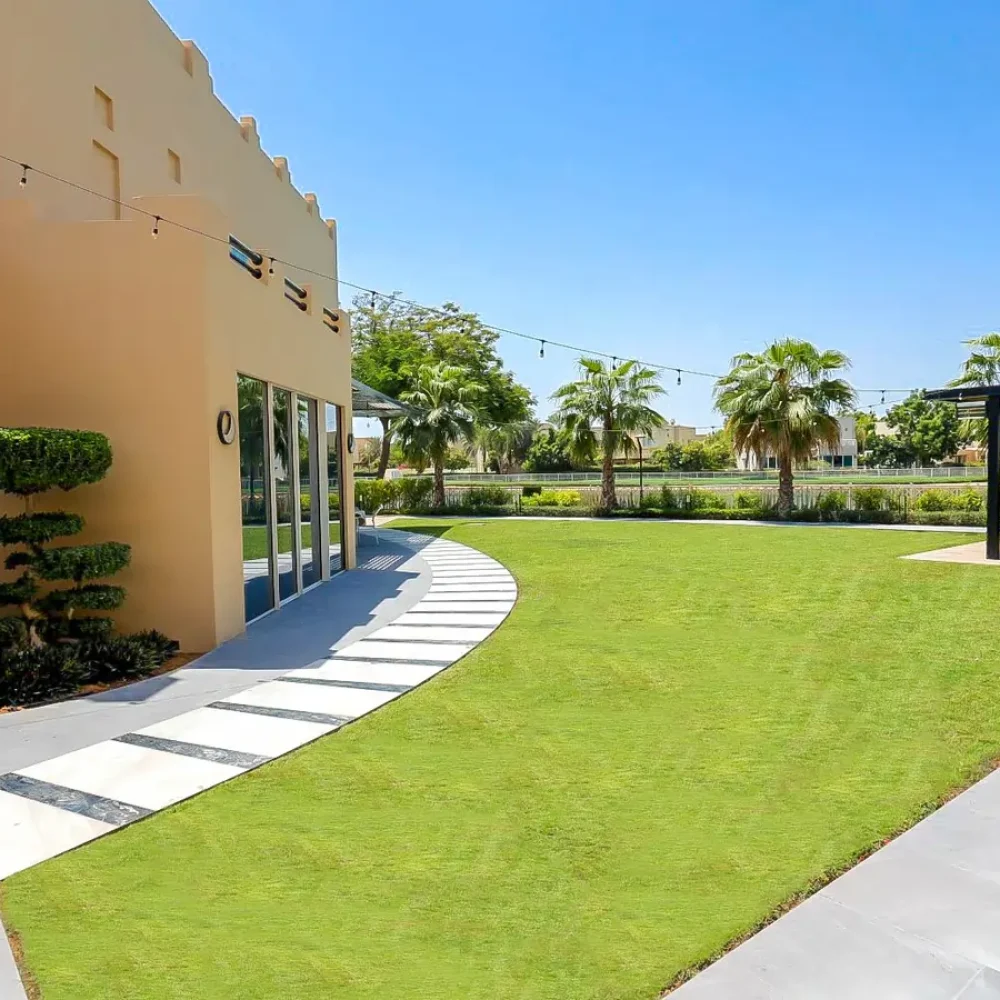The choice between using natural grass or artificial turf creates a substantial difficulty for users. The decision between these two options has different positive and negative elements to consider. Any professional implementing landscape projects should consider selecting an appropriate solution that meets their needs.
This article presents a comprehensive evaluation of natural grass vs artificial turf based on maintenance demands alongside cost evaluation and durability characteristics alongside environmental effects and application suitability.

Winner: Artificial Turf – It significantly reduces maintenance time, effort, and costs.
Artificial Turf: Winner – Although the first cost is far higher, in the long run, it’s quite cost-effective.

Winner: Artificial Turf — it conserves water and lowers the amount of pollution caused by chemicals.
Artificial Turf – Winner: It provides a lengthy, long-term play surface.
Winner: Artificial turf: You can see clearly that the winner in this section is artificial turf.
Winner: Artificial turf is clearly the winner in this case.
Natural grass and artificial turf are both traditional and green options; however, artificial turf is best in almost all areas. Little maintenance, low water use and durability under heavy use are all required. Artificial grass is a perfect, long-lasting, relatively cheap solution to whether you want synthetic turf for your homes, businesses, sports facilities or all of the above.
Artificial turf provides a nice, constantly nice-looking lawn with much less work. It is environmentally friendly, durable and suitable for all kinds of applications. Switch today to enjoy the benefits of an easy and evergreen landscape!